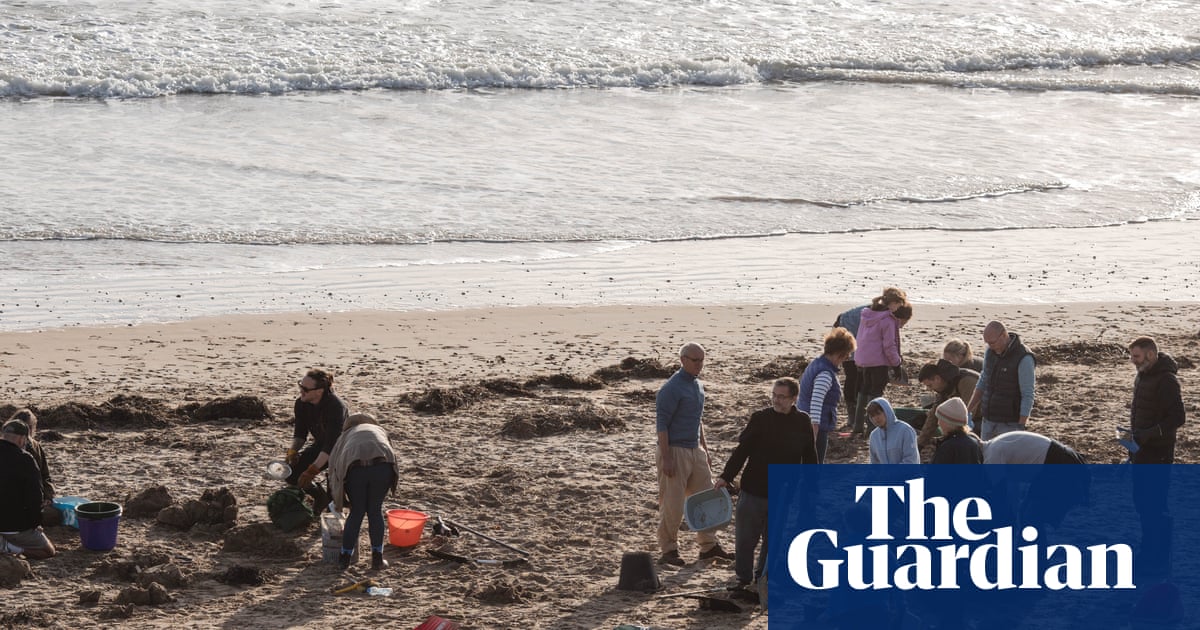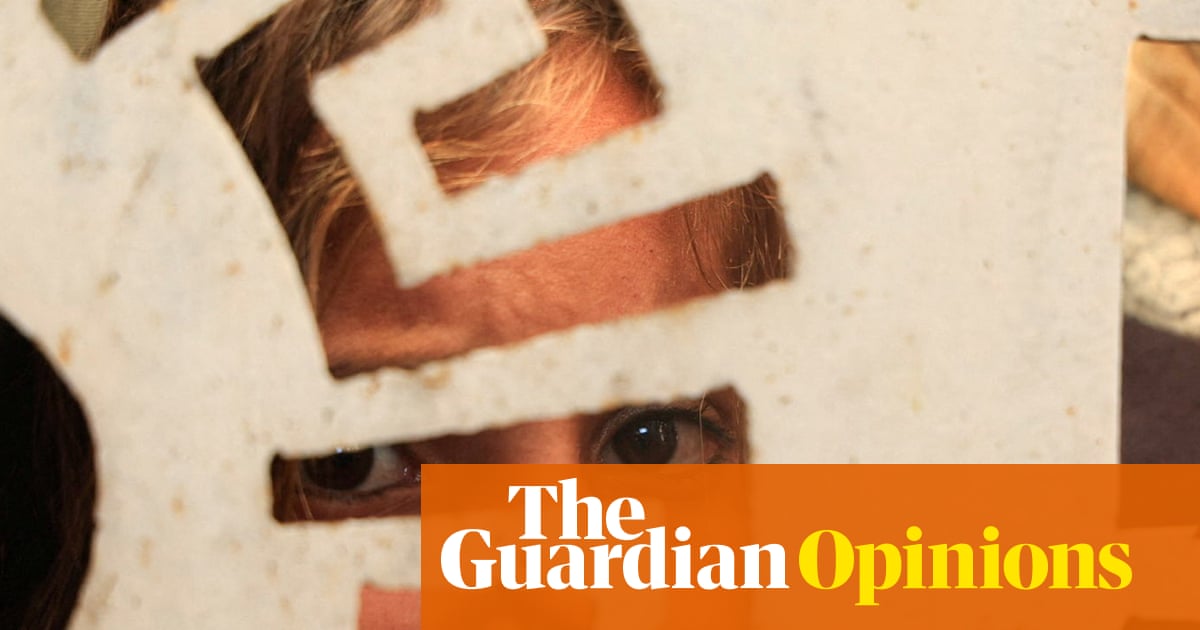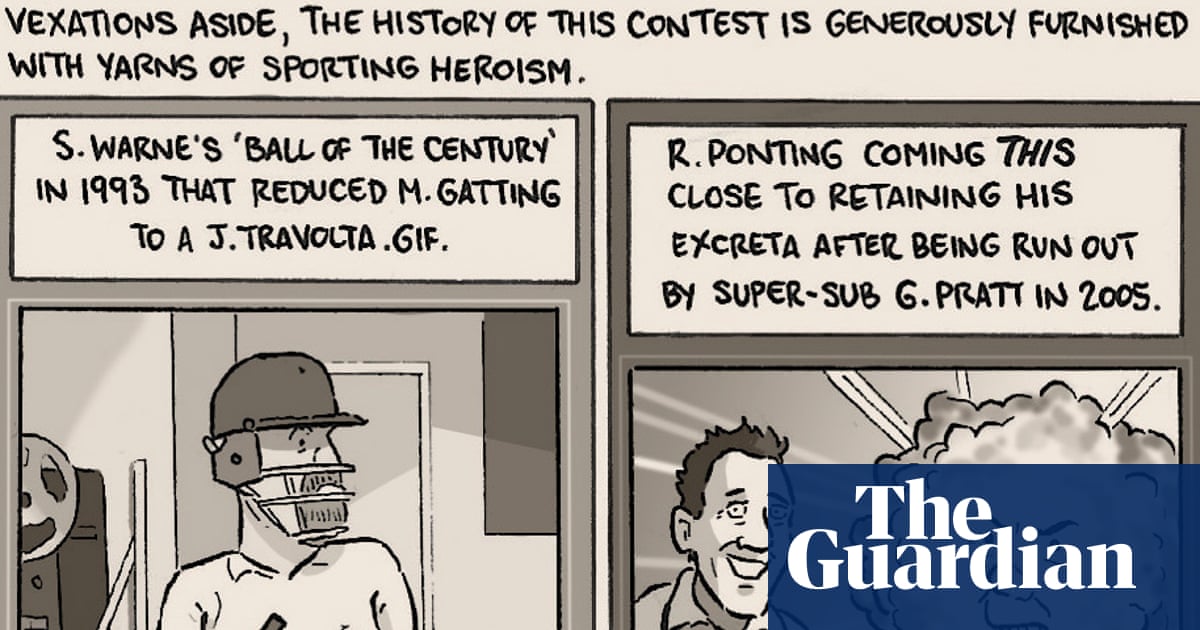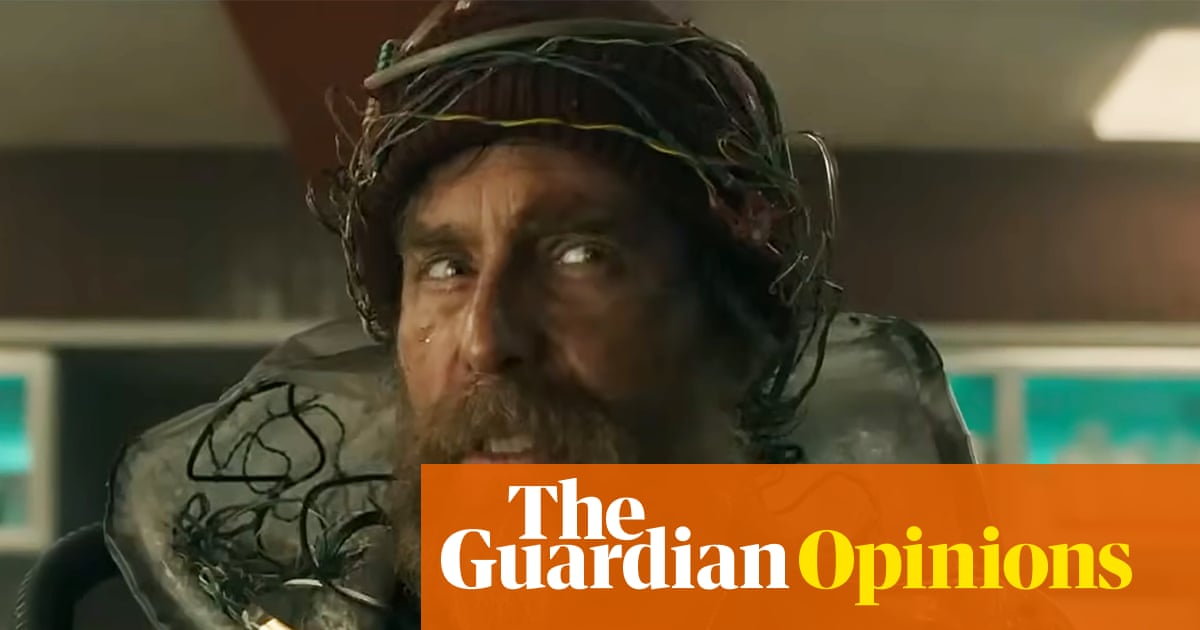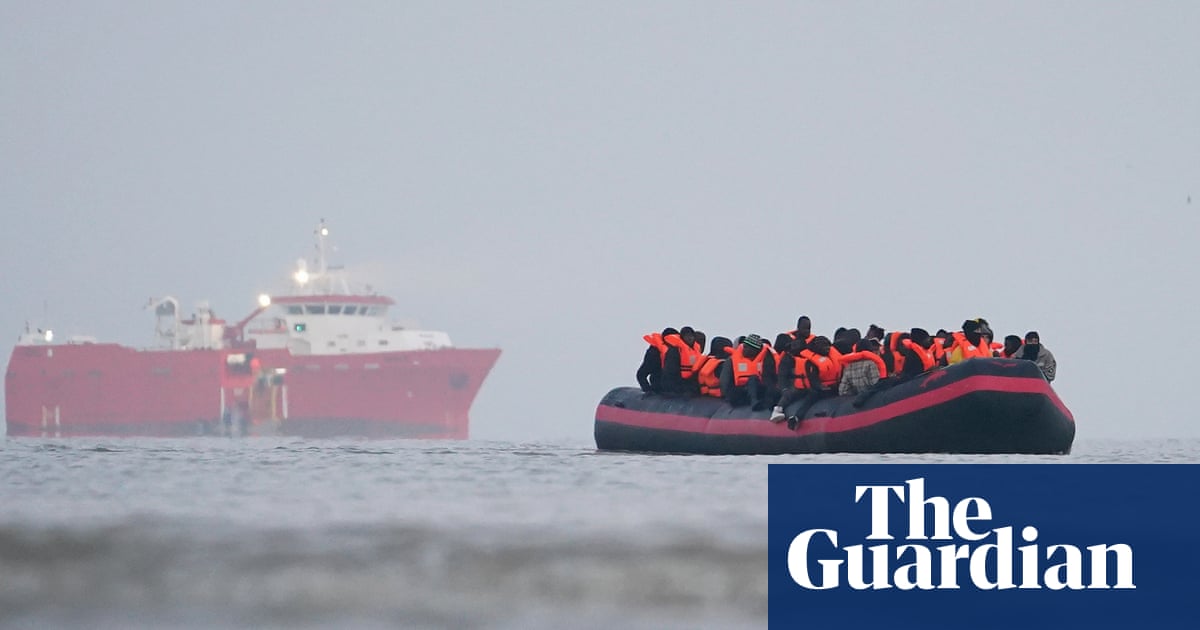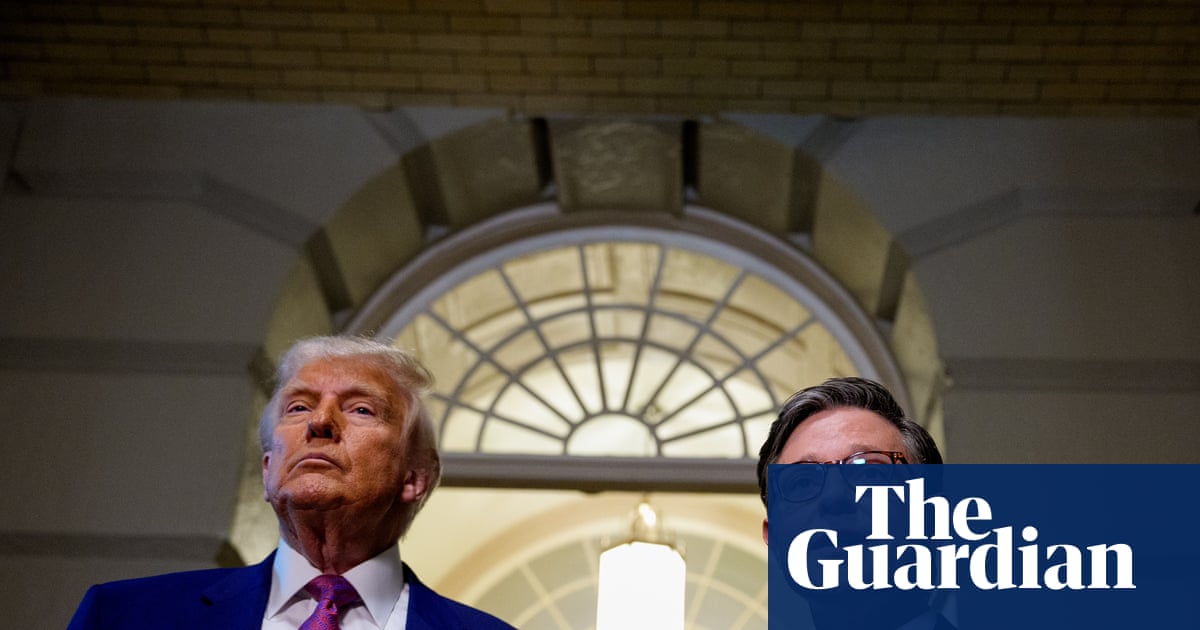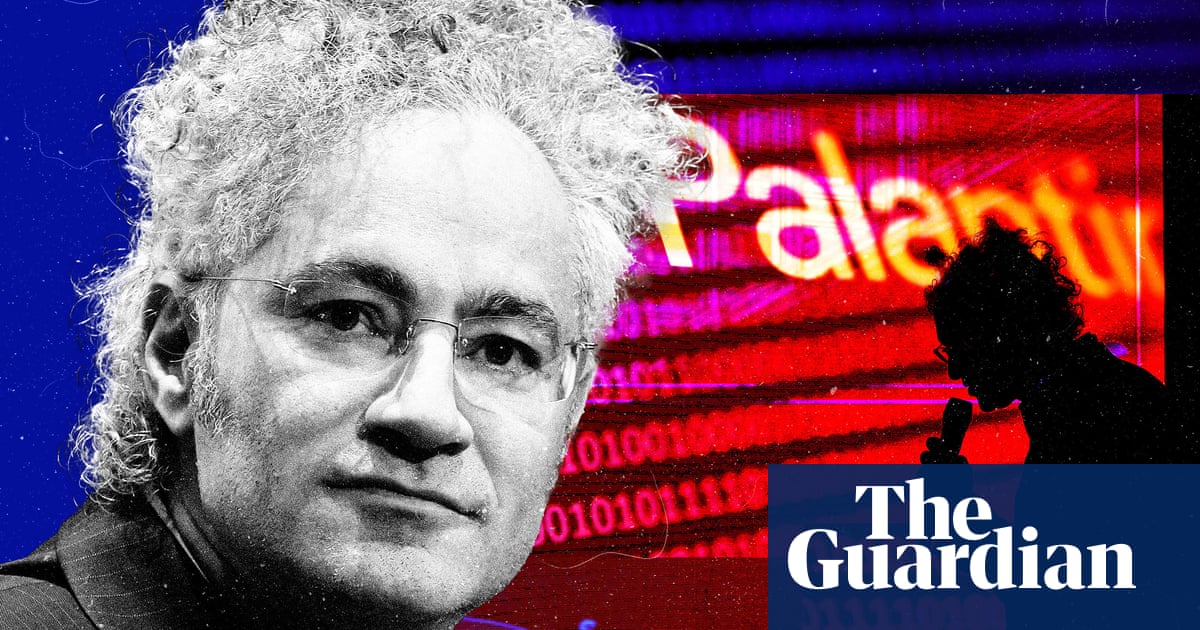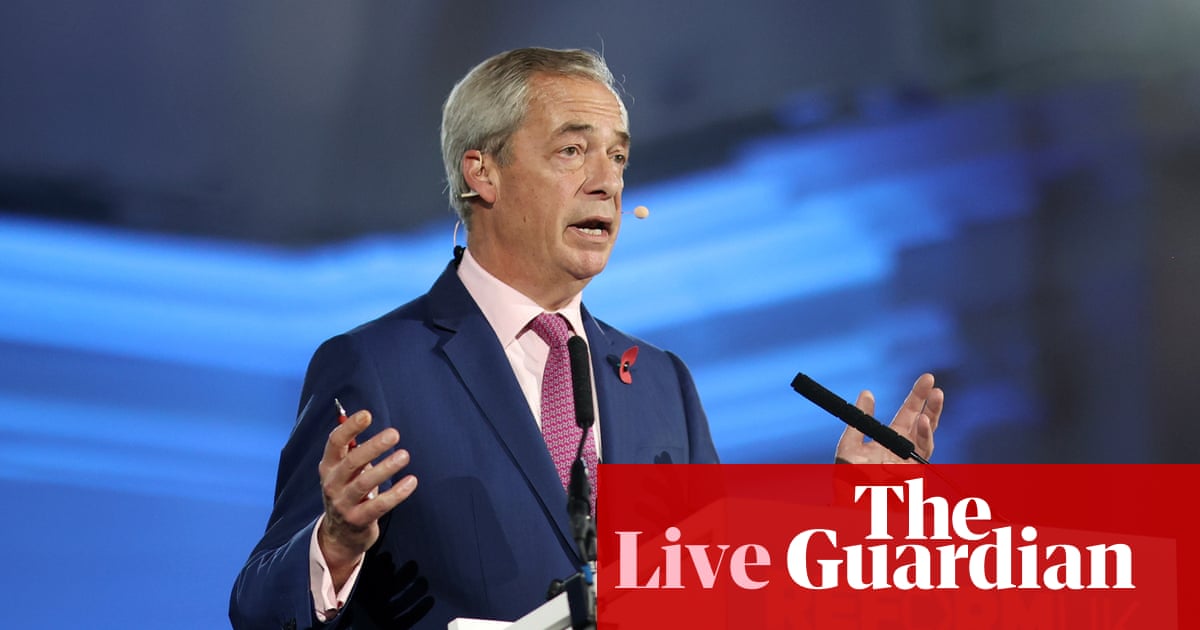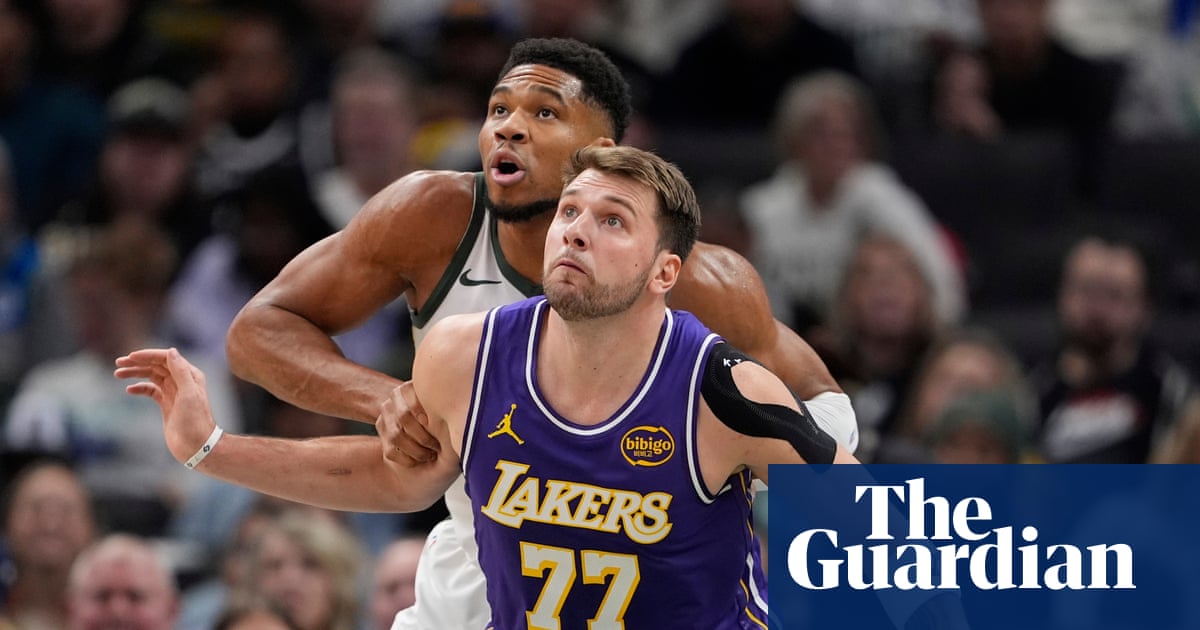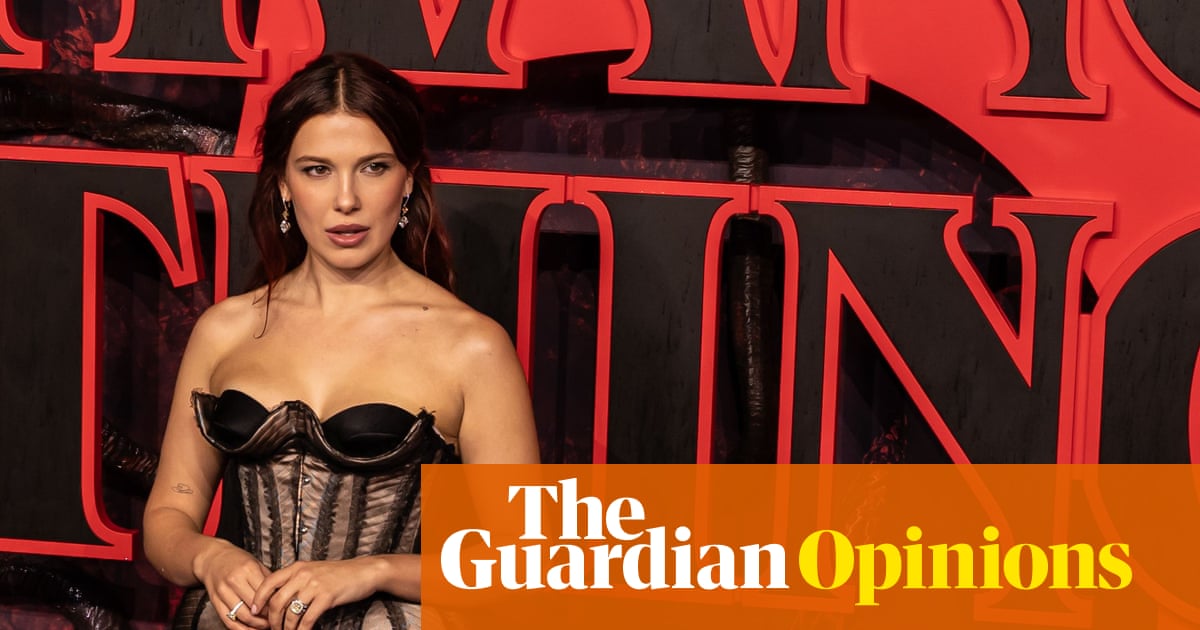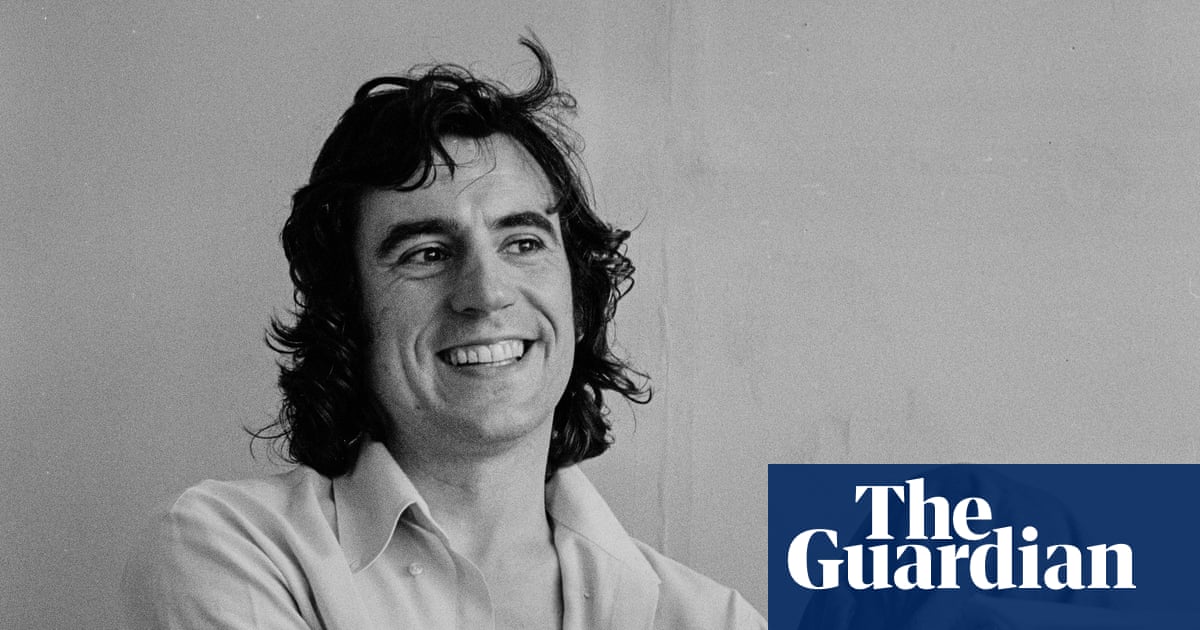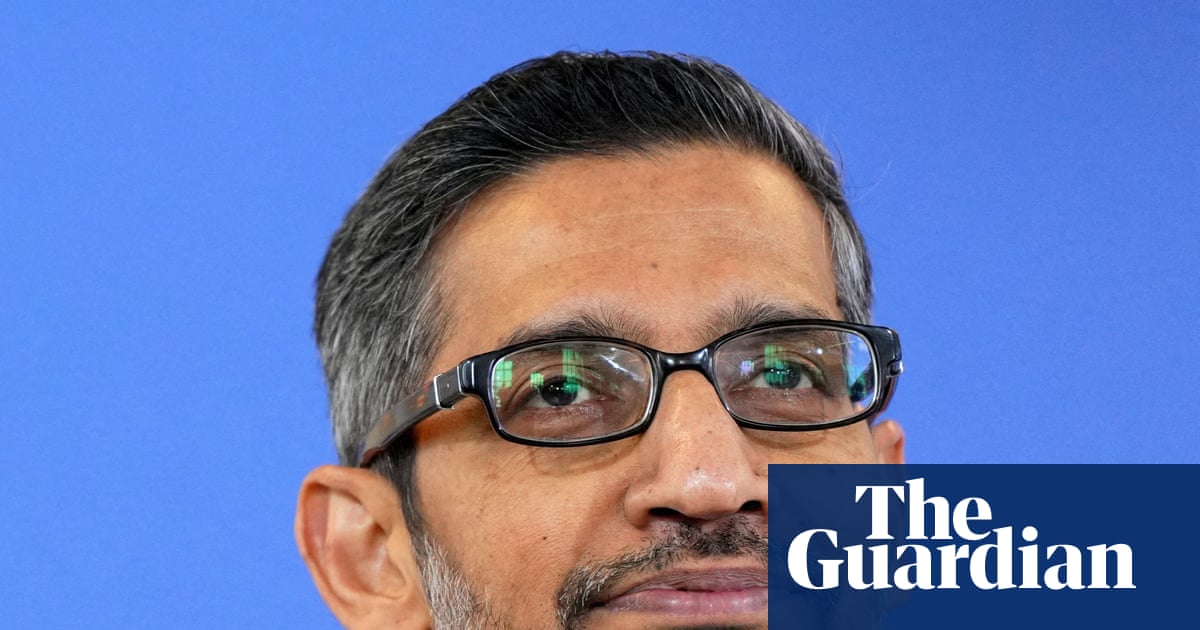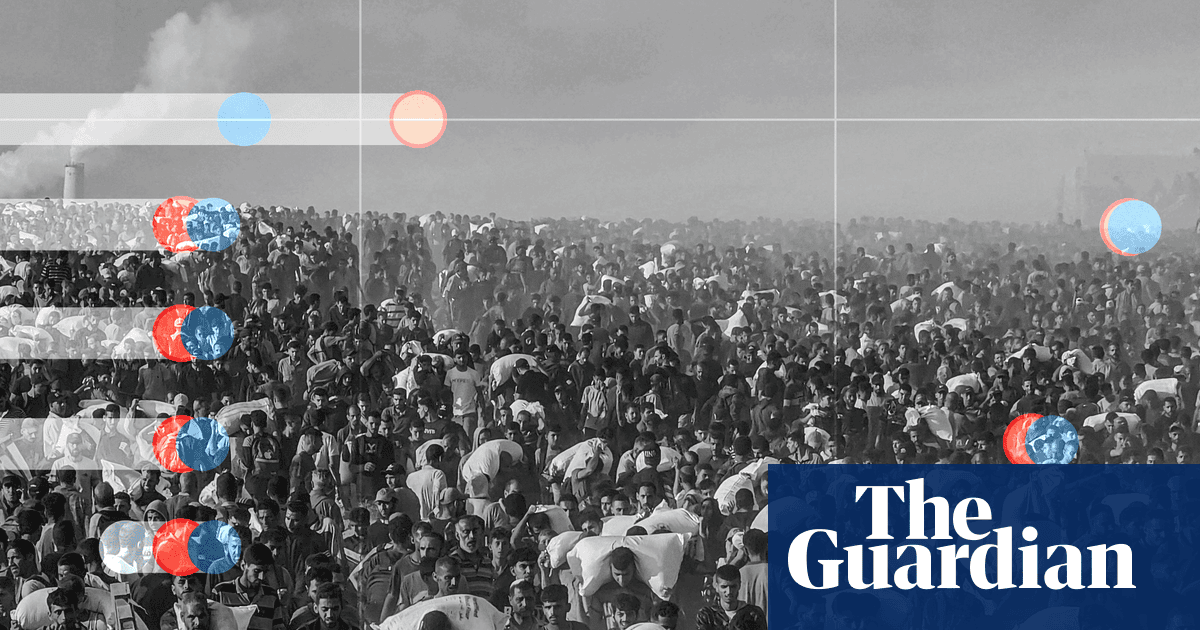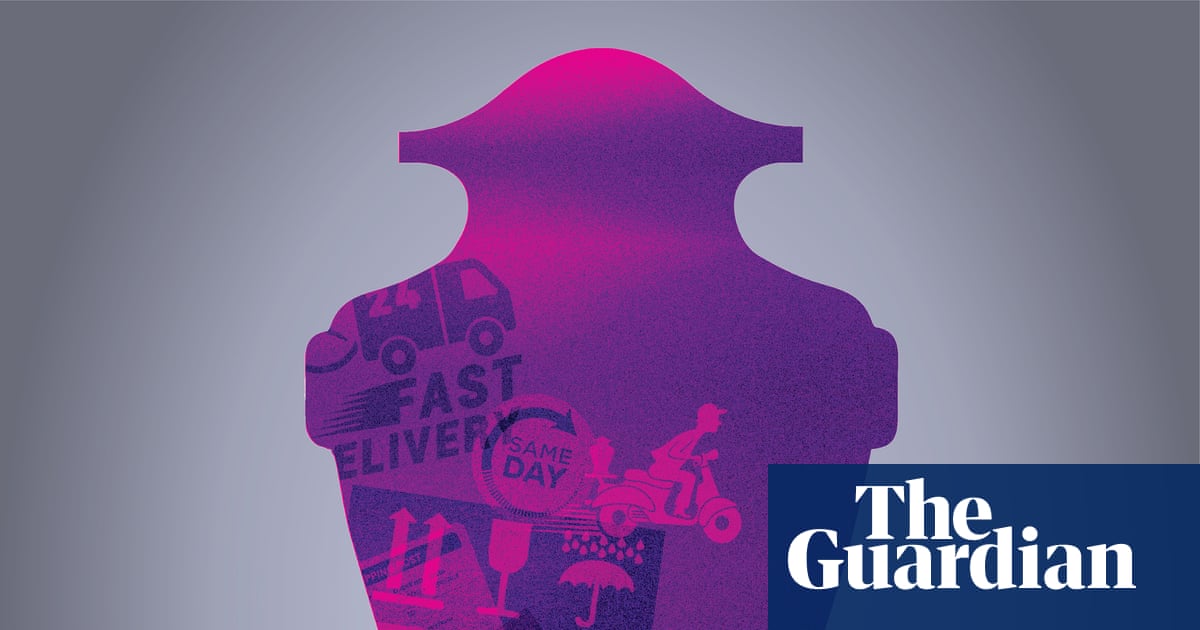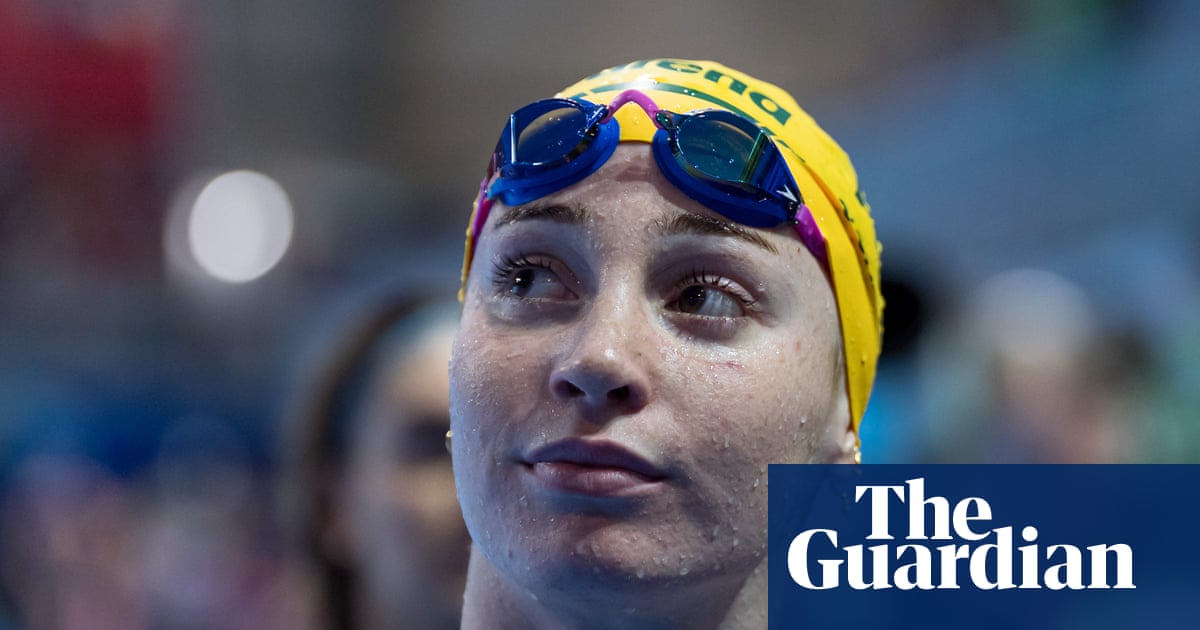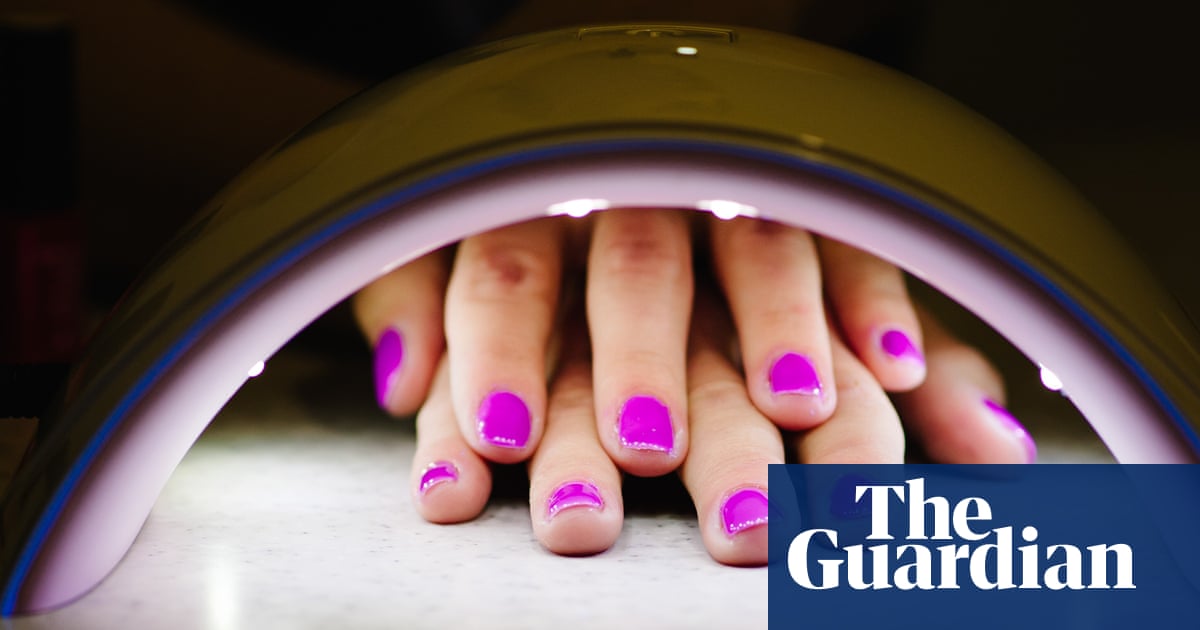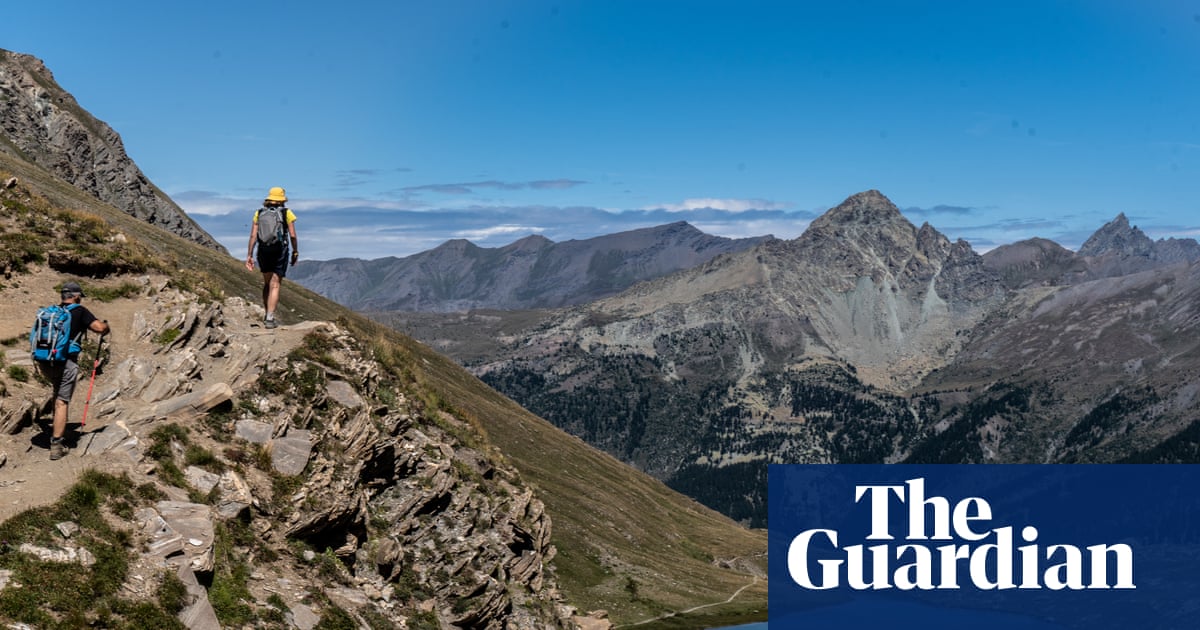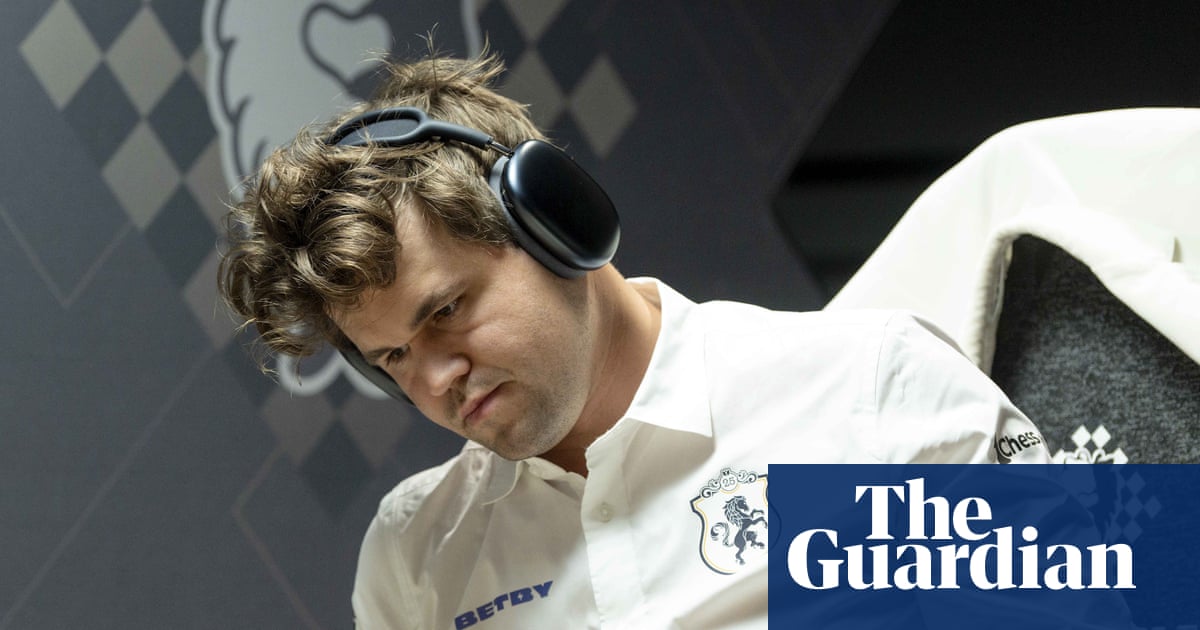Talking about changes experienced by kids Ttday often runs the risk of sounding reactionary, not to mention naive. No, there wasn’t as much talk about autism, or transgender kids, or any number of topics growing up in the ‘80s and ‘90s, because they weren’t understood or discussed in the same way – not because they didn’t exist. But it’s striking, watching the new HBO documentary Thoughts and Prayers, the degree to which it shows a demonstrable change from the experiences of someone growing up 30 or 40 years ago versus today: the absolute universality of emergency action plans that go beyond the scope of the fire drills you might remember. Thoughts and Prayers surveys many of those lockdown drills, and the many supplements available to contemporary schools designed to offer further protection from an active shooter: bulletproof backpacks, in-classroom shelters, and astoundingly elaborate real-life simulations, complete with stunningly realistic makeup for bullet wounds.
This change isn’t lost on directors Zackary Canepari and Jessica Dimmock. “Zack and I have an eight-year-old daughter,” Dimmock said in a joint interview, “and the idea for this film came about because she was coming up in school, and we were facing the thing that basically every American parent faces. Almost every kid in America does drills like this, across the board. We definitely did not grow up doing this, either, and I think there will be a huge part of the audience that will look at this and be like, ‘wow, right, I knew this was happening, but [still surprised] to see it.’ And there will be this whole other part of the audience that will be like, ‘yeah, mom, dad, I do this three times a year and have since I was five years old.’”
In some ways, Thoughts and Prayers feels like an update to Michael Moore’s Oscar-winning documentary Bowling for Columbine, which Canepari and Dimmock both praised. But it’s a starker version, without direct editorializing or satire. The film shows the elaborate drills, shows the pitches for new safety measures, and shows teenagers talking intelligently (and sometimes heartbreakingly) about the anxieties of growing up in an era of mass shootings. Most parents will watch it with increasing queasiness, and not because the movie gives them a specific villain as a target for their ire.
“Everyone we profile in the film is genuinely trying to make a difference,” Dimmock said. “These are people that in the absence of political reform, are trying to do it the only way that they can – which is through capitalism and industry.” Hence, an endless parade of stopgap measures that presume someone will, at some point, show up at a school with a semiautomatic weapon, looking to kill. Some of the tech designed to combat this, as the film-makers pointed out in our conversation, might seem innovative. (There are tables, for example, that flip on their sides to serve as bulletproof shields.) Put together, though, it’s a different story. “When you see them all in succession,” Dimmock said, “it’s hard to feel like this will be the way we’re going to get out of it.”
She went on to point out what the movie leaves more implicit: that the school-safety industry is dominated by former military and law-enforcement officers. Many of them, she said, know about safety from their experiences in war zones. “So these are people that have done several tours in Afghanistan, and then are coming back and have a good idea about how to be tactically aware – but are creating programs for third graders. Our criticism is not necessarily to those individual instructors, but that the expertise absolutely is applicable to something like a war zone. So, wait, do we live in a war zone? Is that what’s going on here? And then, if that answer is yes, maybe we should spend more attention on not living in a war zone.”

Thoughts and Prayers also lets actual kids talk about their experiences. The aforementioned security consultants and entrepreneurs, Canepari pointed out, are usually older, not necessarily members of post-Columbine generations that grew up with lockdown drills (and accompanying fears) approaching ubiquity. “The only ones who have given us the deeper insight into what it feels like to be an American at this time is the kids. Everyone else kind of danced around it.” Perhaps the single most powerful moment in the movie is a simple cross-fade: An instructor starts to talk about how vehemently he believes that the gun violence epidemic isn’t caused by the availability of guns, but by, essentially, anything else he can think of: lack of family stability, mental illness, other social problems. Rather than refute him directly, the film-makers fade out of his rambling into a simple and not especially didactic conversation between some teenagers, seemingly not responding to the instructor’s assertions directly. They’re plainspoken: It’s the guns. There are a lot of them out there, and guns have become the number one cause of death for US children.
This point didn’t require cherrypicking activist students. “We underestimate how present it is,” Canepari said about fear of mass shootings in the younger generations. “We didn’t have to search the ends of the country for kids that could speak to this.” It’s also striking to see how, a quarter-century after the attempt to blame violence in media for the Columbine shootings, media has been incorporated into the treatment of mass shootings as inevitable. One of the training programs shown in the film is essentially a large-scale video-game simulation of a school shooting. It’s hard to miss how, despite good intentions, these games are a bizarre hybrid of gamifying real-life horrors while further harming kids’ sense of wellbeing – a far more complex relationship than watching The Matrix. The movie does make a statement by showing these measures in such detail. But then, the heavy use of drills, elaborate gear, and endless planning, make their own collective statement, said Canepari: “We’re saying that’s what it takes to be safe in our country.”
-
Thoughts and Prayers airs on 18 November on HBO with a UK date to be announced

 2 hours ago
2
2 hours ago
2

